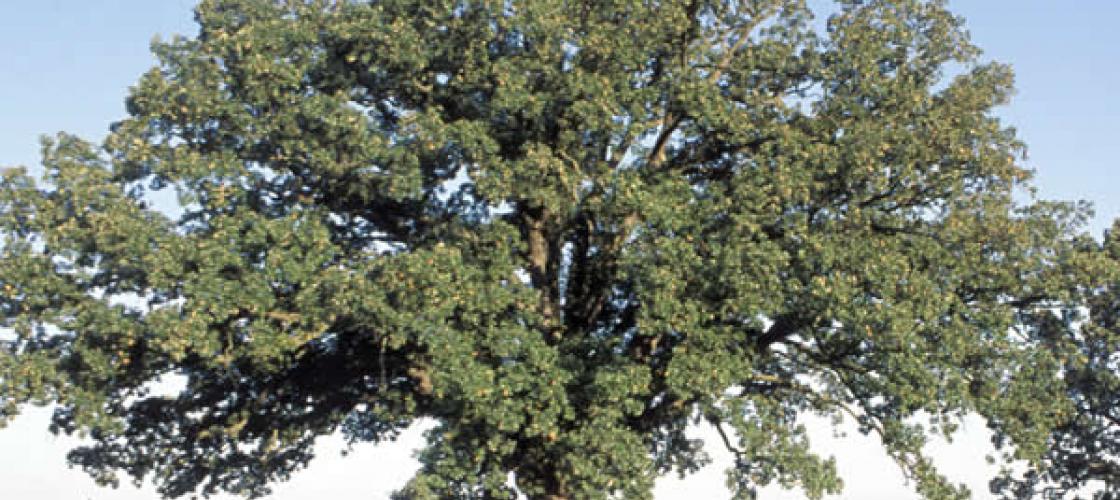Often, there are no sharp dividing lines between trees, shrubs, and woody vines, and between woody and nonwoody plants. It is helpful to learn some basic terms.
Tree, Shrub, and Vine Facts

Title
Trees, shrubs, and woody vines
As a general rule, “trees” are woody plants 13 feet tall or taller that typically have only one trunk. “Shrubs” are woody plants less than 13 feet tall that usually have multiple stems, and the stems are generally less than 3 inches in diameter at breast height. A “vine” is a plant whose stems require support. It either climbs up a tree or other structure, or it sprawls over the ground. Vines can climb with tendrils or with other “grasping” appendages, or by coiling their stems.
Trees, shrubs and woody vines are immeasurably important to humans and to nature. Humans have used wood as a primary building material and fuel source since prehistoric times. Woody plants provide us with fruit, nuts, berries (including grapes), spices and much more. We plant them in our parks and yards. They figure into our religions, myths and figures of speech.
Above and below the ground, woody plants provide the habitat, including shade and soil characteristics, that species and even entire ecosystems depend on. We describe landscapes by naming their principal tree types—“oak-hickory forest,” for example. Forests influence local weather and the nature of the atmosphere.
Title
Woody versus nonwoody
“Wood” is a type of tissue that many plants develop as they mature. It’s made of cellulose and lignin. Cellulose is a chemical compound that stiffens the cell walls of plants, whether they are “woody” or not. Cellulose is the same thing as “dietary fiber.” Cotton is 90 percent cellulose. Paper is mostly cellulose.
Lignin is a chemical polymer that occurs in plants, too. It helps water move among the tissues of the plant. It is the matrix that holds cellulose fibers in the form we call “wood.”
“Nonwoody” plants don’t develop wood, while “woody” plants do. Wood toughens and supports the stem of a plant, enabling trees to grow tall despite strong winds. It protects plants from herbivores (vegetable-eating animals) tiny and large. It permits trees, shrubs and vines to go dormant in winter, preventing seasonal dieback.
Title
Conifers and dicots
“Conifers” are plants, such as pines and spruces, that bear cones. The cones of cedars look like berries on the outside, but if you dissect one, you will find a conelike structure within. Bald cypress is a conifer, too—it is not an evergreen, however, because it drops its leaves in the fall.
Plants traditionally called “dicots” include, among their many members, all the broad-leaved trees—oaks, maples, hickories and so on. In our climate, most of these trees drop their leaves in the fall, though some do not. Holly and some rhododendrons are dicots that are evergreen.
Title
Evergreen and deciduous
“Evergreen” plants keep leaves all year. Pines and cedars fall into this category, but some non-conifers do, too: Holly and some rhododendons, as noted, stay green all year. To survive the weight of snow that collects on their leaves, evergreens are either flexible enough to bend—or they simply don’t grow big in the first place.
“Deciduous” trees are ones that drop their leaves in the fall. This, too, is a strategy for surviving winter. These trees generally have harder, less flexible wood, and shedding their leaves keeps snow from collecting and snapping off limbs.
Although some terminology about trees comes from biology, other terms come from the lumber industry. “Softwood” and “hardwood” are terms that mean “conifer” and “woody dicot.” However, some “softwood” conifers have harder wood than some “hardwood” dicot trees. The wood of shortleaf pine, for instance, is much harder than that of American linden.





















